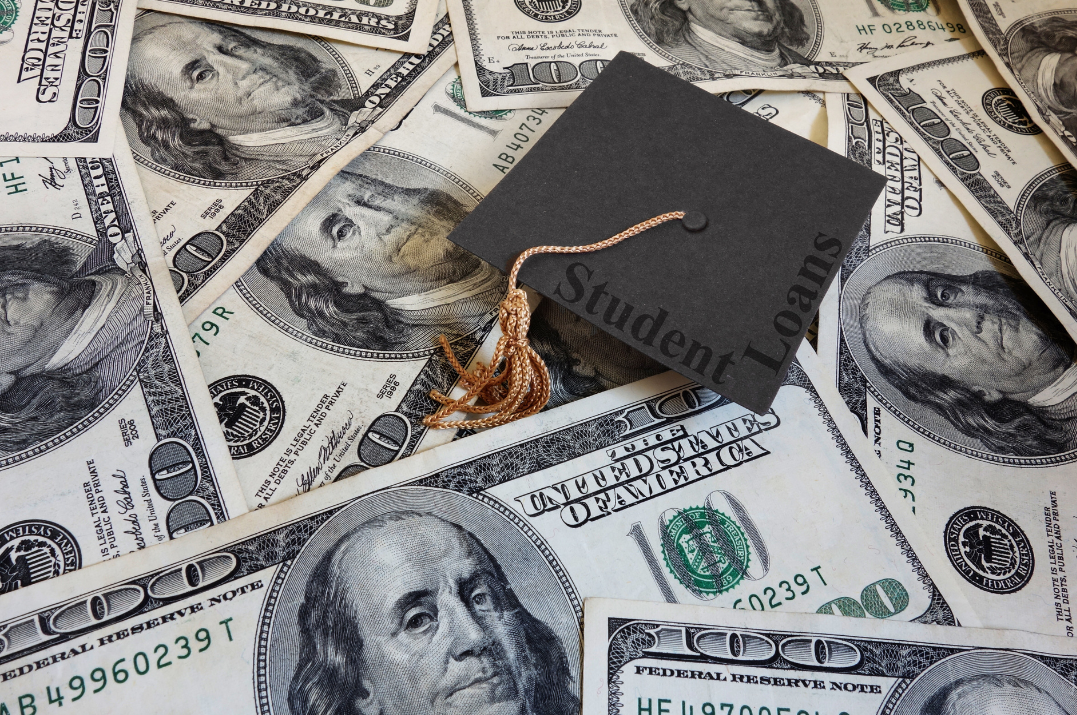In our previous post we briefly mentioned the various options available to recent graduates for repayment of their student loans. Here is an overview of those options along with some important resources to consider when deciding the best strategy for yourself.
What Type of Loans Do I Have?
The first thing to understand is the type of loan you have. Many of the repayment options we discuss below are for Federal Student Loans only, not Private Loans. Federal Loans tend to provide flexibility & options, however, can be very complicated. Private loans tend to be simple, but, very stringent.
For Federal loans it is also important to determine what type of Federal Loan you have FFEL or Direct Loans, and the status of those loans. (Stafford: Subsidized & Unsubsidized, Perkins, Federal Consolidation, Parent PLUS, Grad PLUS)
A great place to start and understand what types loans you have is www.nslds.ed.gov (National Student Loan Data System for Students). This is the Department of Education’s central database for student aid and has detailed information on your Federal Loans.
Federal Student Loan Repayment Options
Standard: You make a fixed payment amount over a fixed period of time (up to 10 years).
Graduated: Payments are lower at first then increase, usually every 2 years. Payment plan is again up to 10 years.
Extended: Payments may be fixed or graduated, however, you are able to extend them over a longer period of time (up to 25 years), therefore lowering your monthly payment amount.
Eligibility for the next two options (Income-Based Repayment and Pay As You Earn) have certain debt to income ratio requirements. It is important to reach out to your loan providers to determine if you qualify for these options. It is also very important that you never miss a payment as it could disqualify you from using them going forward (HINT: The best way to avoid missing payments is to establish an automatic monthly payment from your bank account). Also, be sure to know with these options that as your income goes up, your payments will go up.
Income-Based Repayment: Your maximum monthly payments will be 15 percent of discretionary income. Your payments change as your income changes. Repayment options are up to 25 years and if you have not fully repaid the loan after 25 years the balance owed may be forgiven (forgiveness amount is taxable as income).
Pay As You Earn: If you qualify, this will likely be the most affordable option. Your maximum monthly payments will be 10 percent of discretionary Income. Your payments change as your income changes. Repayment options are up to 20 years and if you have not fully repaid the loan after those 20 years the balance may be forgiven (forgiveness amount is taxable as income).
You can find additional information on two other repayment options (Income Contingent Repayment & Income Sensitive Repayment) here https://studentaid.ed.gov/repay-loans/understand/plans.
Public Service Loan Forgiveness
This program is intended to encourage individuals to enter and continue to work full-time in public service jobs. Under this program, borrowers may qualify for forgiveness of the remaining balance of their Direct Loans after they have made 120 qualifying payments on those loans while employed full time by certain public service employers.
This program does not take your income into account, the only eligibility is your employment in a public sector job. In order to take advantage of the benefit of your loan being forgiven after 10 years, you will need to make sure you are utilizing one of the payment plans that allows for extended payment (beyond 10 years).
Resources
As you can see there are a lot of options, and a lot to consider when deciding whether to take advantage of one of the repayment programs above or to consolidate your loans. There are pros and cons to each choice, and it is important to understand how those weigh in your specific situation, it is not a one size fits all decision.
Here are a few resources that can be helpful as you collect information to make decisions.
National Student Loan Database System for Students www.nslds.ed.gov
Federal Student Aid Office https://studentaid.ed.gov/
Calculators on Income Based Repayment Info www.IBRinfo.org
Public Student Loan Forgiveness Program https://studentaid.ed.gov/repay-loans/forgiveness-cancellation/charts/public-service
SoFI connects accredited investors with high quality borrowers via a special SoFi fund. Investors get a market rate of return and borrowers enjoy savings on their loan. www.sofi.com
Credit Reports: You should run your credit report to review all of the debt in your name for accuracy. www.annualcreditreport.com



